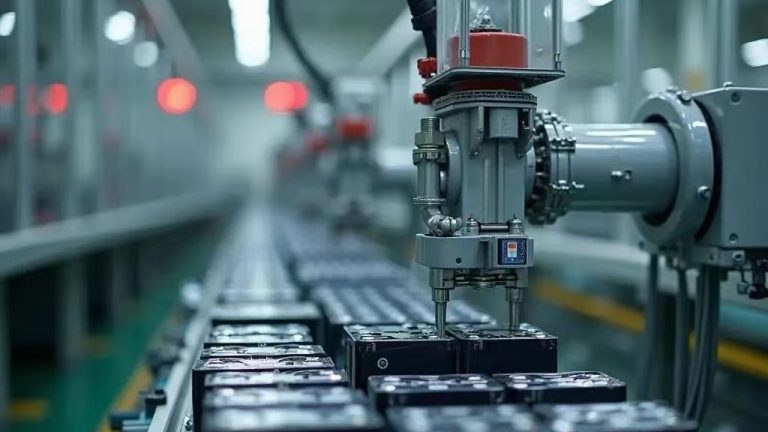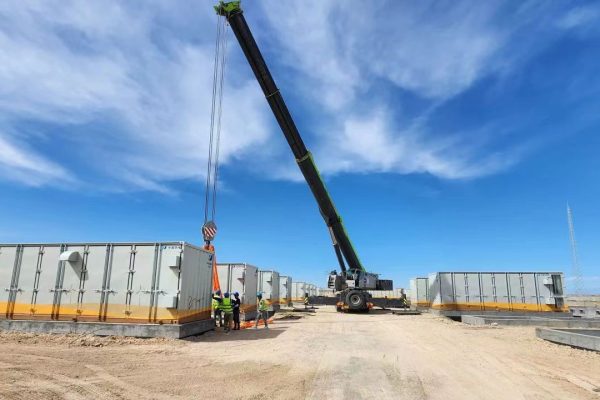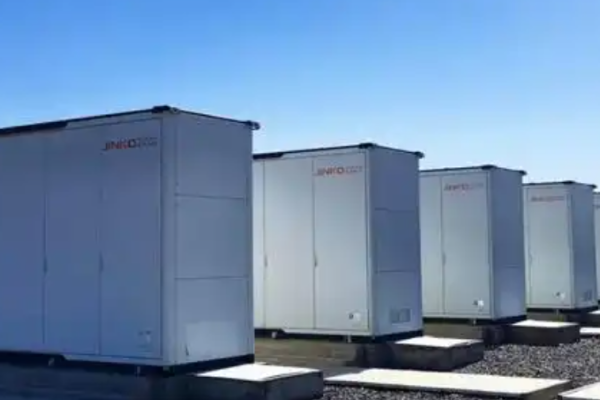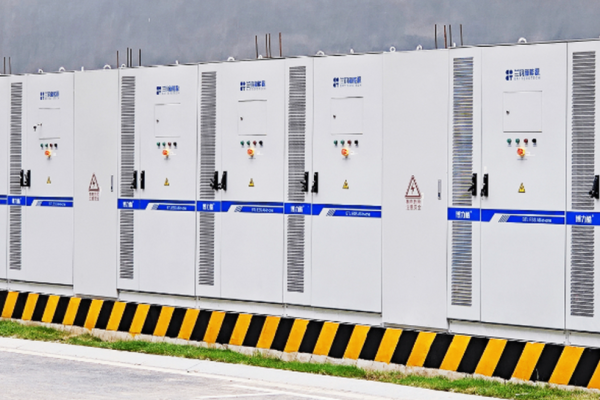Smart Sizing Strategies for Storage-Centric PV Systems
Why Sizing the Inverter Right Is So Critical
Whether you’re building a residential hybrid system, a rural school microgrid, or a small C&I storage project, inverter sizing is one of the most critical — and misunderstood — design decisions.
Oversize it, and you waste money and underutilize the unit.
Undersize it, and you risk:
- Inverter tripping or derating
- Missed energy harvest from PV
- Insufficient power during peak loads
- Battery charging/discharging inefficiencies
In many custom projects, especially where solar + storage are both present, sizing errors don’t just affect performance — they create frustration, support issues, and long-term cost.
This guide explains how to avoid common pitfalls, ask the right questions, and deliver inverter solutions that match each project’s real needs.
1. Understand the Application First, Not the Product
Before looking at any spec sheet, ask:
- Is the system grid-tied, off-grid, or hybrid?
- Are we sizing based on load, PV capacity, or battery throughput?
- Is self-consumption the main goal, or backup or peak shaving?
- Are loads steady, intermittent, or highly inductive (e.g. pumps, motors)?
- What are the surge demands, if any?
Custom projects fail when you treat a 5kW inverter like a universal tool.
Example: A 5kW inverter may handle 5kW of continuous AC load, but will shut down if you feed it a 7kW motor start. In this case, oversizing slightly — or choosing a model with better surge handling — makes more sense than going by nameplate capacity alone.
2. Use Load Profile and Peak Demand as Baseline
For most hybrid or off-grid setups, inverter sizing starts with the load — not the PV or battery.
Key Data Points to Gather:
| Metric | Why It Matters |
|---|---|
| Average daily load (kWh) | For battery and PV matching |
| Maximum continuous power (kW) | Determines baseline inverter capacity |
| Peak demand / surge loads (kW) | For selecting inverter surge capability |
| Load duration curve | To detect short-lived spikes that affect sizing |
Tools like load loggers, smart meters, or energy bills can help create a clearer load map.
Don’t forget to include:
- HVAC units
- Water pumps
- Appliances with compressors
- Welders or inductive tools in workshops
These affect instantaneous power, not just energy.
3. Consider Battery Charging and Discharging Needs
In hybrid systems, the inverter often charges and discharges the battery, not just supports AC load.
Let’s say:
- Your load is 3kW average, 5kW peak
- You want to charge a 10kWh battery in 2 hours
You’ll need:
- At least 5kW discharge capacity, AND
- About 5kW of charge capacity to meet energy flow
Some inverters support asymmetrical charging — i.e., they discharge at 5kW but only charge at 3kW.
Make sure to check both AC and battery-side power ratings, especially if:
- Battery is large (10kWh+)
- Charging must be fast (e.g. from genset or grid)
- System must cycle daily
4. Match PV Input Without Oversizing
Manufacturers often allow oversizing the PV array (e.g., 6.5kW of PV on a 5kW inverter).
But more isn’t always better.
When PV Oversizing Works:
- In cold climates with low irradiance
- When modules are flat-mounted (low efficiency)
- To increase energy harvest during partial sun
When PV Oversizing Backfires:
- Hot tropical areas (system constantly clips)
- If loads are small (excess energy wasted or curtailed)
- If battery is small (limited absorption capacity)
Oversizing the PV does not increase inverter output — it simply improves production during sub-optimal hours.
A good rule of thumb: Keep DC/AC ratio between 1.1 and 1.3, unless storage or export schemes justify more.
5. Account for Grid Constraints or Generator Limits
In grid-tied or diesel-hybrid setups, you must consider:
- Export limits (e.g., 3kW export cap in some areas)
- Phase balancing in 3-phase sites
- Genset capacity for backfeeding or charging
For example, a 10kW inverter backfeeding into a 5kW genset can cause protection trips or unstable voltage.
Use limit functions on the inverter or consider smaller parallel units to modulate output per source.
6. Don’t Forget Ambient Conditions
Heat derates power.
If you’re installing in:
- An enclosed cabinet
- A garage with poor airflow
- A region above 40°C ambient
Then even a 5kW inverter may drop to 3.8–4.2kW output during hot afternoons.
Always check derating curves in the datasheet — and size accordingly.
7. When to Oversize or Undersize — Intentionally
| Situation | Sizing Adjustment |
|---|---|
| Load spikes regularly | Oversize inverter by 20–30% |
| Minimal loads, low usage | Undersize slightly to save cost |
| Battery-heavy system, short charge windows | Oversize for faster throughput |
| Export-limited sites | Match export cap (even if PV is larger) |
| Cold climates, flat panels | Allow PV oversizing (1.3–1.5 ratio) |
There’s no one-size-fits-all. The key is to make sizing a design choice, not a guess.
Inverter sizing is part science, part tradecraft. It’s not just matching PV and load figures — it’s understanding:
- The real use case
- The behavior of energy flows
- And the limitations of each component in the system
As a buyer, installer, or technical advisor, your edge comes from asking the right questions early — and selecting the right inverter model with the right power, voltage range, charging behavior, and protection logic for each project.
Don’t overspend on an oversized inverter.
Don’t cripple a great system with one too small.
Size it right — and let the rest of the system perform as designed.









